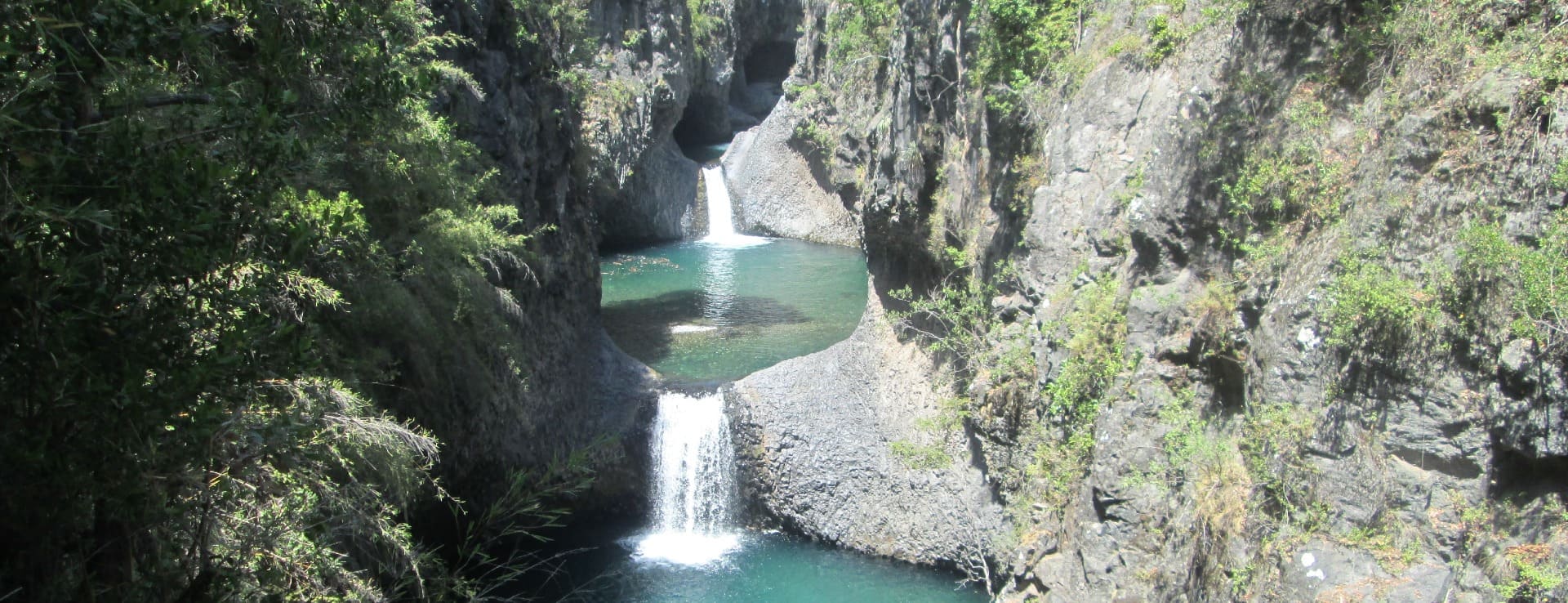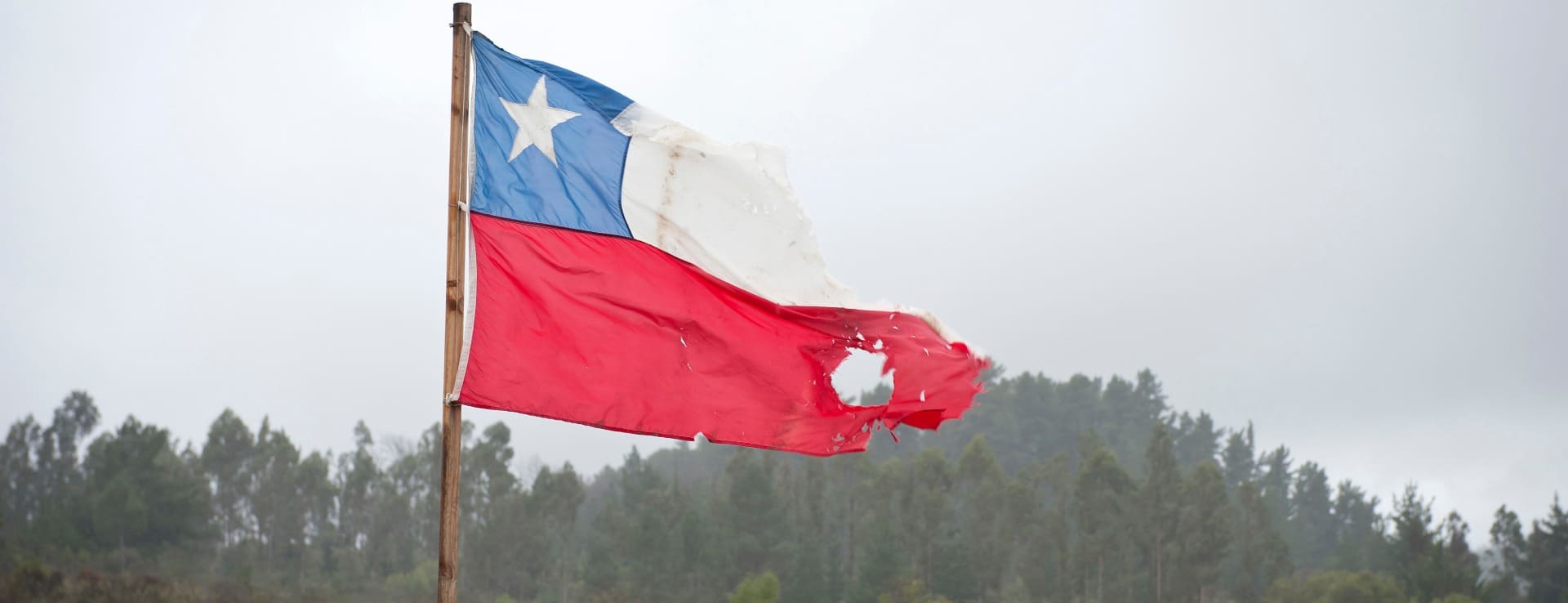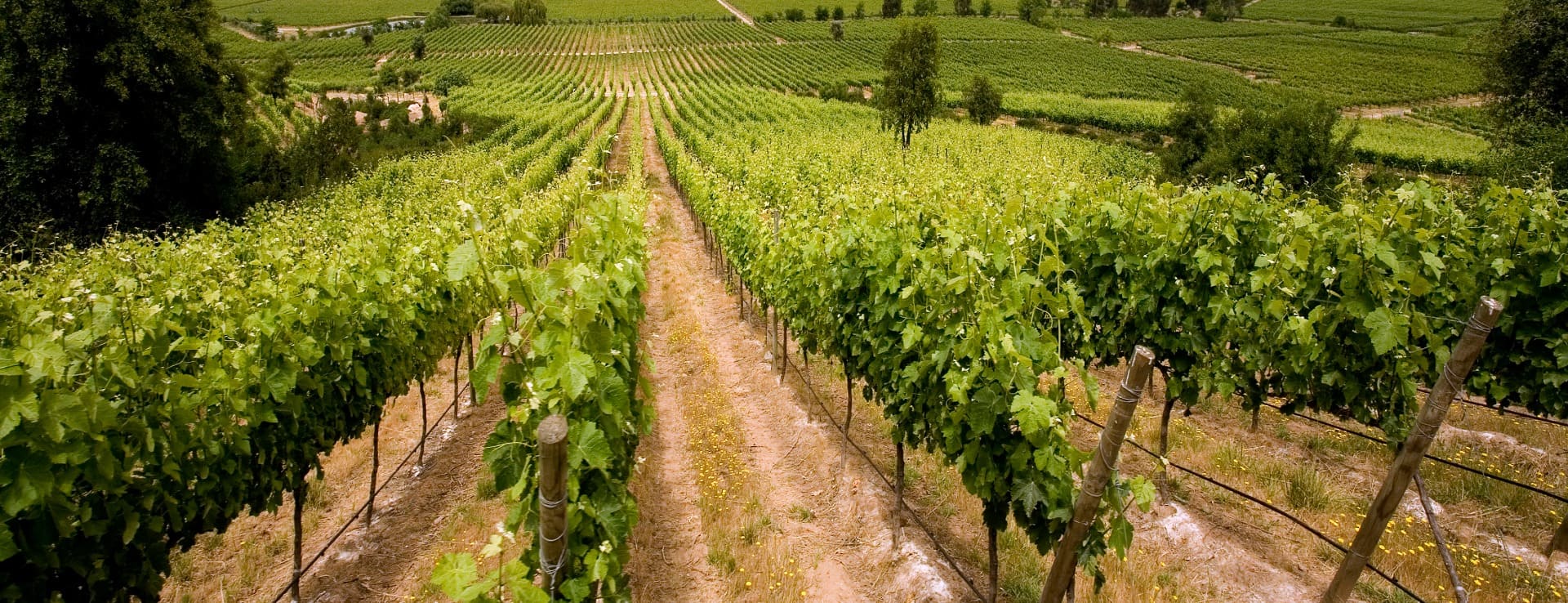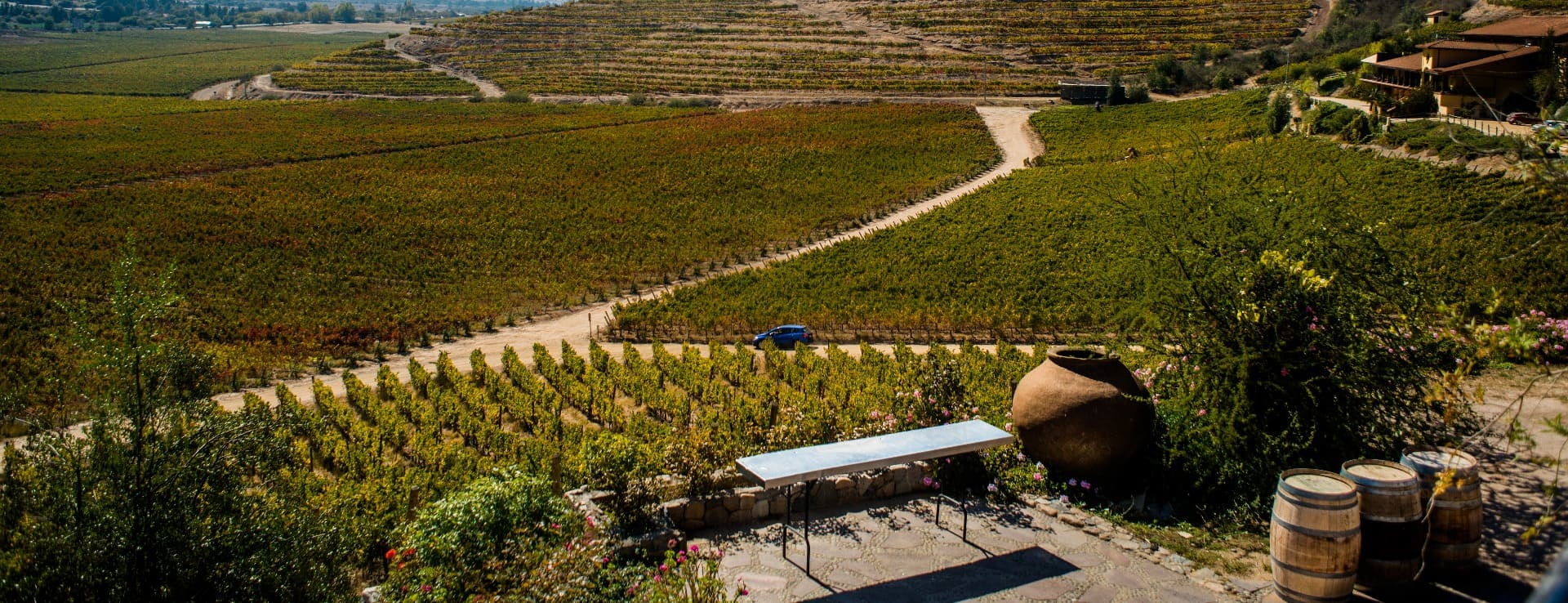Find your winery or vineyard
1 Wineries and Vineyards for sale in Maule
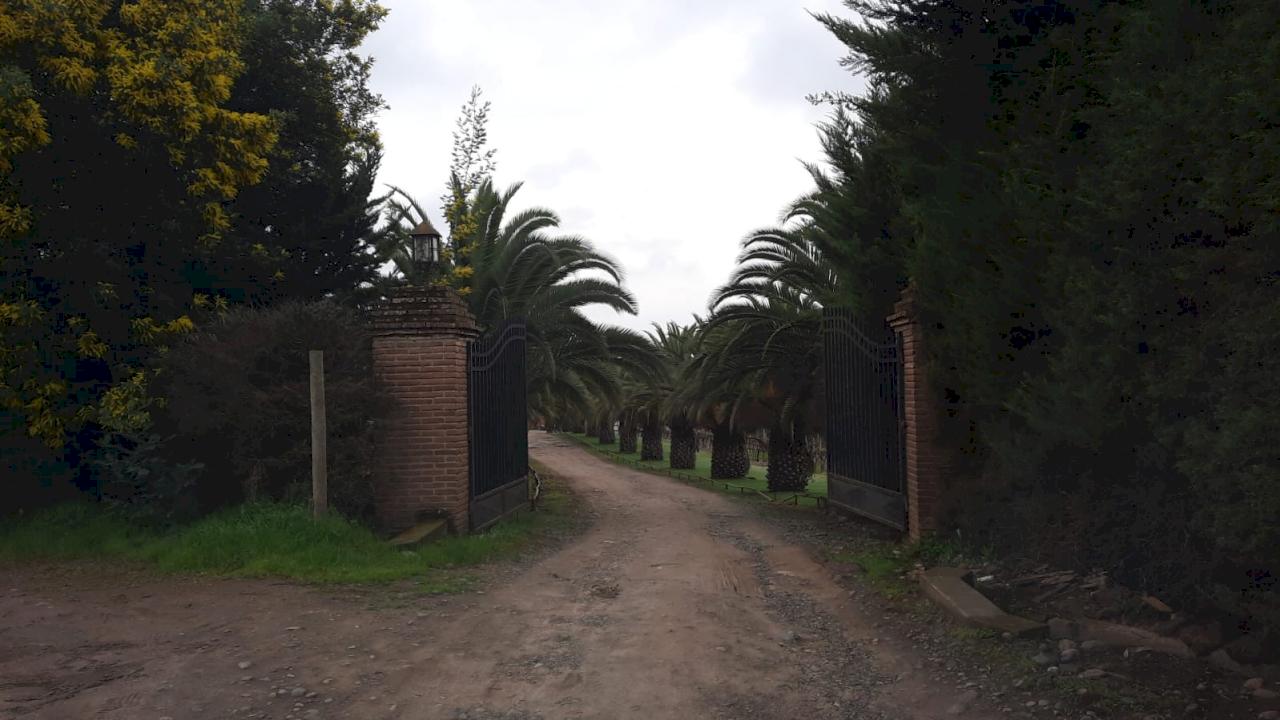
100 HA FARM (FRENCH VARIETIES) WITH LARGE CAPACITY WINERY
Maule
≈ 6.324.000.000 CLP
Infographic of the Region

The winemaking importance of Maule
The region of Maule is located in the centre of Chile and has contact with the Pacific Ocean on the western part, while to the north it borders with the O’Higgins regions. To the easternmost and southernmost parts, it borders with the Republic of Argentina and the Ñuble region respectively. Its population is slightly more than one million of inhabitants and its capital is located in the city of Talca that is at the same time, one of the four provinces that compose the region, together with Cauquenes, Curicó and Linares. Talca and Curicó are the two most important and populated cities in Maule. The name of this Chilean region comes from the Maule river that crosses a large part of its surface and which waters are used for the agricultural activity as well as for the production of electricity in the power station such as the Los Cipreses, La Isla, Curillinque and Loma Alta. In the Maule geography, in addition to the basin of the river of the same name, several roughnesses that cross the region from end-to-end stand out. These are the Andes, the Costal Range and the Central Valley and Costal plains.
The capital of the Maule region, Talca, has approximately 240,000 inhabitants and was founded in 1692 by the governor of the time in Chile, Tomás Marín de Poveda, although it was not until almost a century later that it was located in its current location, as in 1742 the city was re-established in the location were is currently found. The city of Talca enjoyed an important role both in the Chilean War of Independence and the Republic era, but at the beginning of the 20th century started a period of decadence initiated by the earthquake in 1928 that destroyed almost 75% of the city. This fact, together with the power of Santiago as an administrative and financial centre caused an excessive emigration that united with an economic depression, displaced Talca from its strength in the context of Chile.
The economy in the region of Maule depends to a large extent on the electric production, as well as on the agriculture and livestock industry, that means about the 32% of the Chilean annual agricultural production. Among the most important crops are the beetroot and rice including the wheat and potato cultivations. In Maule, the wood activity for the production of cellulose and raw wood for export is also noteworthy. Despite bordering with the coast, in Maule, the fishing industry does not represent a great economic impact and is, in many cases, dedicated to the household consumption and the maintenance of small businesses.
In Talca, in addition to the livestock and agricultural activity, the role of mining was important in the past. This was represented by the gold deposit of El Chivato, although nowadays the mining industry in Talca can be considered almost extinct.
With regards to the winemaking industry, the Maule region has several wineries for sale in its two designations of origin, Valle del Maule and Valle del Curicó. The designation of origin Valle del Maule has an intense activity around the vineyards, as its production means about the 45% of the total of the Chilean country.
Discover more wineries and vineyards for sale in these wine regions in Chile
Subscribe to our mailing list to receive news about wineries and vineyards.

